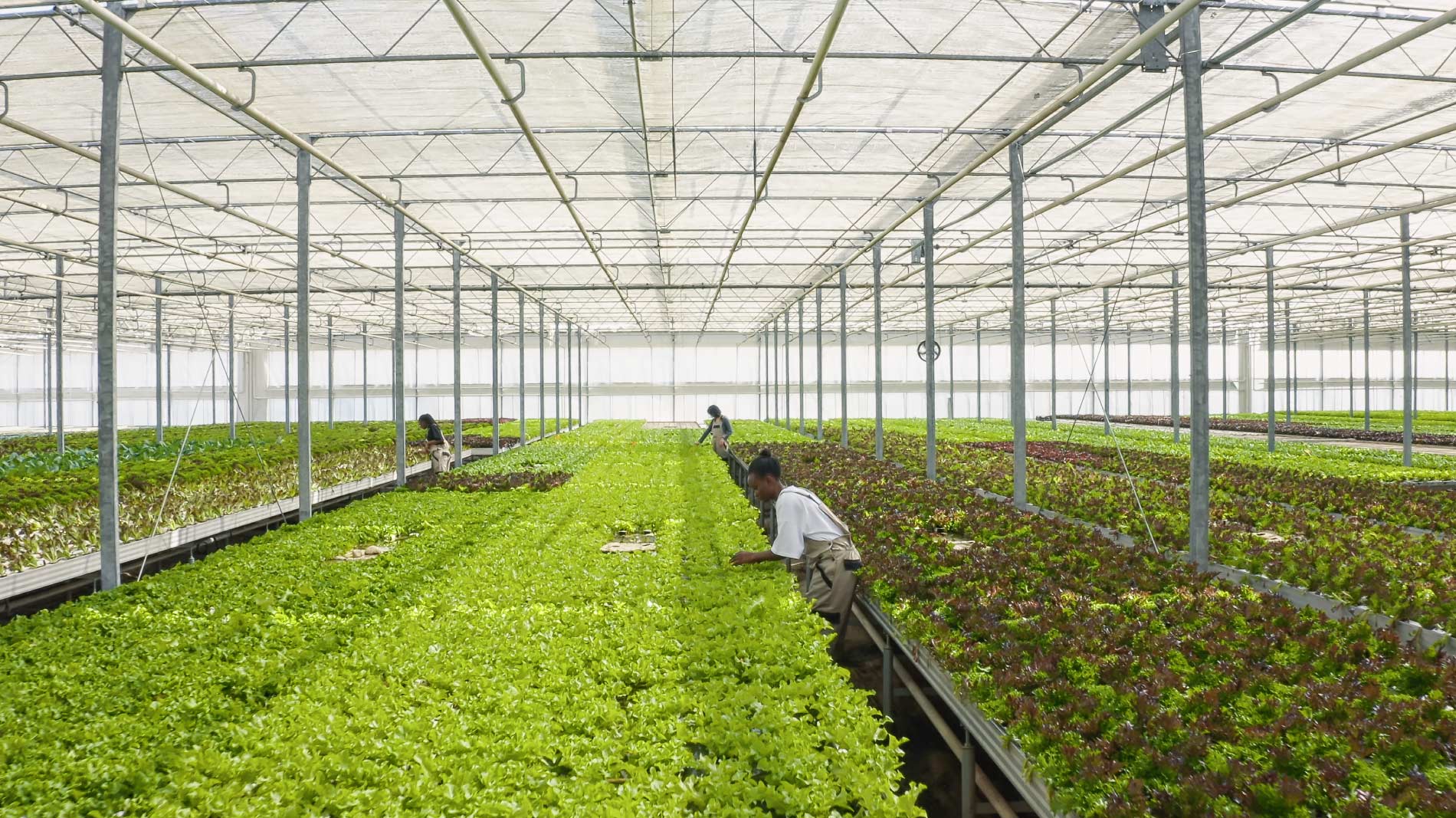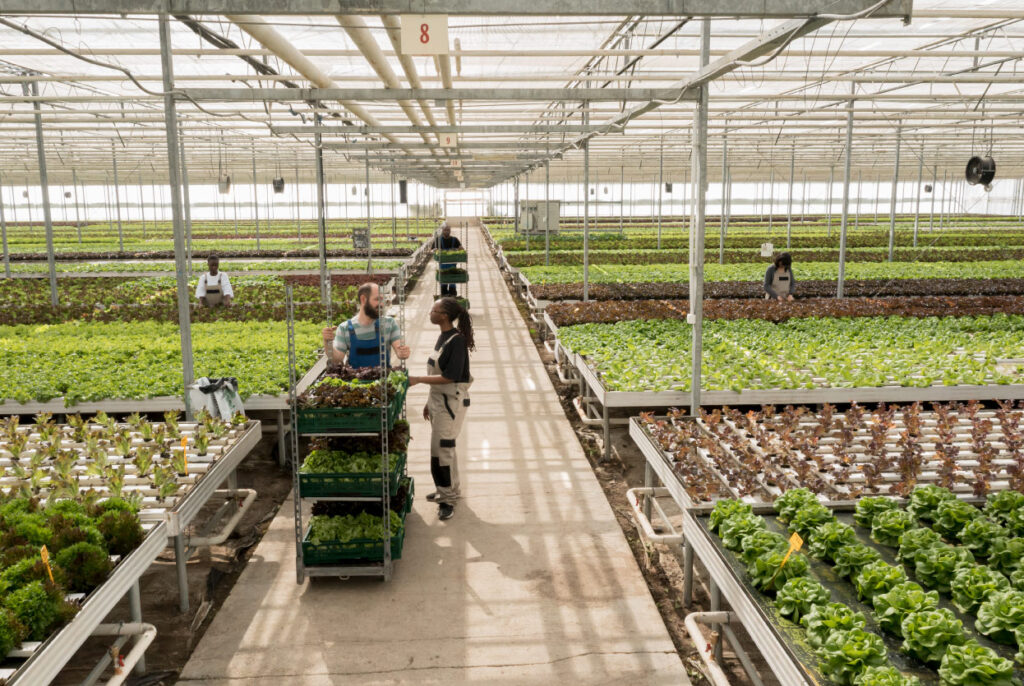
Unlocking Sustainable Agriculture: Greenhouse Farming in the U.S.
In an era where food security and environmental sustainability are paramount concerns, greenhouse agriculture in the United States has emerged as a game-changer for farming practices. These controlled environments offer a myriad of benefits, from extending growing seasons to minimizing resource consumption, making them indispensable tools for farmers and growers alike across the nation.
The Greenhouse Industry: A Flourishing Landscape
The greenhouse industry in the United States has experienced remarkable growth in recent years. According to a report by the USDA’s National Agricultural Statistics Service, the total area under greenhouse cultivation has increased by nearly 20% since 2014, reaching over 900 million square feet in 2019. This expansion underscores the growing recognition of the advantages greenhouse agriculture offers in meeting the country’s agricultural demands.
Overcoming Climatic Challenges
One of the primary advantages of greenhouses is their ability to create controlled environments that transcend the limitations imposed by local climatic conditions. In regions with harsh winters or scorching summers, greenhouses enable year-round cultivation, ensuring a steady supply of fresh produce. This is particularly crucial in areas like the Northeast and Midwest, where the growing season is traditionally short.
For instance, in states like Minnesota and Wisconsin, where frigid temperatures and snowfall can hinder outdoor cultivation, greenhouses have become vital for sustaining the production of crops such as tomatoes, cucumbers, and leafy greens throughout the year.
Water Conservation: A Precious Resource
In an era of increasing water scarcity, greenhouses offer a sustainable solution by maximizing water efficiency. Enclosed environments minimize evaporation, and advanced irrigation systems, such as drip irrigation, ensure precise delivery of water directly to the root zones of plants. This targeted approach can reduce water usage by up to 70% compared to traditional open-field farming methods.
States like California, Arizona, and Texas, which face frequent droughts and water shortages, have embraced greenhouse technology to optimize water utilization while maintaining high crop yields.
Crop Diversity and Year-Round Availability
Greenhouses have revolutionized the availability of fresh produce, allowing for the cultivation of a diverse array of crops throughout the year. From succulent tomatoes and crisp lettuce to exotic fruits and herbs, these controlled environments have expanded consumer choices and dietary options.
In Florida, for instance, greenhouses have enabled the year-round production of strawberries, a crop traditionally associated with specific growing seasons. Similarly, in states like Colorado and Utah, greenhouse operations have facilitated the cultivation of high-value crops like microgreens and specialty herbs, catering to the growing demand for locally sourced, nutritious foods.
Sustainable Practices and Resource Optimization
Greenhouse operations go hand-in-hand with sustainable agricultural practices, minimizing the environmental impact while maximizing resource efficiency. Techniques such as hydroponic systems, which grow plants without soil, and integrated pest management strategies, which minimize the use of harmful pesticides, are widely adopted in greenhouse settings.
Moreover, the controlled nature of greenhouses allows for precise monitoring and optimization of factors such as temperature, humidity, and nutrient levels, resulting in higher crop yields and reduced waste.
The Future of Greenhouse Farming
As concerns over food security, environmental sustainability, and climate change continue to mount, the role of greenhouses in shaping the future of agriculture becomes increasingly pivotal. With advancements in technology, such as automated climate control systems, LED lighting, and renewable energy integration, greenhouses are poised to become even more efficient and productive.
Furthermore, the integration of data analytics and precision agriculture techniques will enable growers to make informed decisions, optimize resource allocation, and enhance crop quality and yields.
The implementation of greenhouses across the United States is a testament to the nation’s commitment to sustainable and resilient agricultural practices. By overcoming climatic challenges, conserving water resources, enabling crop diversity, and promoting sustainable practices, greenhouses are paving the way for a future where food security and environmental stewardship go hand in hand.





No Comments